Political System of Austria
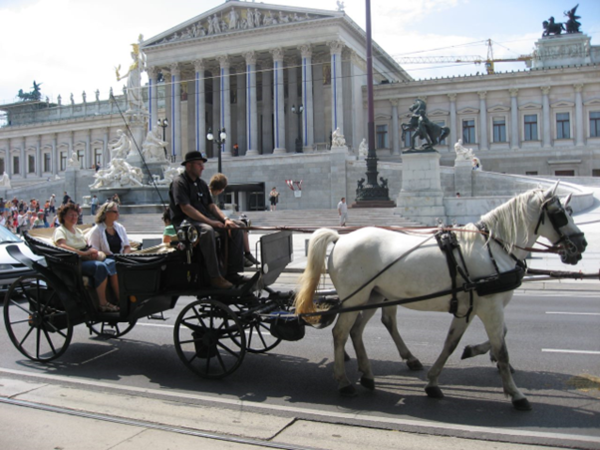
[아츠앤컬쳐] 오스트리아와 대한민국에는 많은 정치적 차이점이 있는데, 그 중 몇 가지 주요 차이점을 소개한다.
오스트리아의 정부 형태는 연방 의회 공화국으로, 국가 원수는 대통령이고 정부 수반은 총리다. 대통령은 국민 투표로 선출되며 임기는 6년이고 최대 두 번까지 연임할 수 있다. 총리는 대통령이 임명하며 내각을 이끌고 있다. 의회는 국가평의회와 연방의회라는 두 개의 상원으로 구성된다.
대통령제 공화국으로 대통령이 국가 원수이자 정부 수반인 대한민국과 비교하면 그렇다. 대한민국의 대통령은 5년 단임제로 국민투표로 선출되며 재선에 출마할 수 없다. 대통령은 총리와 내각을 임명한다. 의회는 단원제이며 국회라고 불린다.
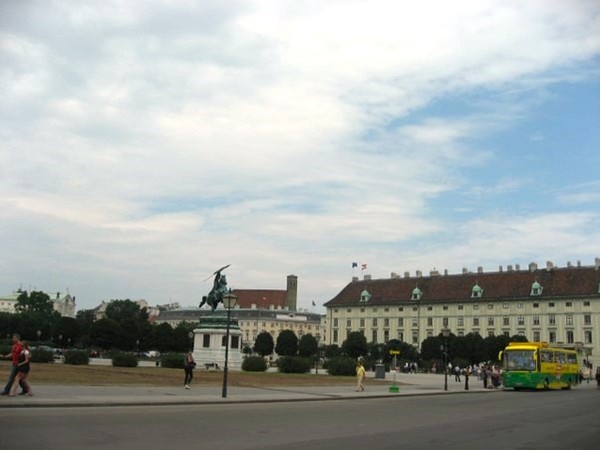
반면에, 오스트리아는 여러 정당이 권력을 놓고 경쟁하며 통치를 위해 연립정부를 구성하는 다당제를 채택하고 있다. 주요 정당으로는 사회민주당, 인민당, 자유당, 녹색당, NEOS(신오스트리아와 자유포럼) 등이 있다. 한국의 경우 양대 정당이 번갈아 집권하고 있는 것과 비교하면, 이들은 정치에 막강한 영향력을 행사하고 있다.
오스트리아의 행정권은 대통령과 총리로 나뉜다. 대통령은 국가 원수로서 총리 임명권, 의회 해산권, 군대 통수권 등 중요한 권한을 가지고 있지만, 주로 의례적인 역할을 하며 국회의 의사를 존중한다. 총리는 정부의 수반이자 다수당 또는 연합의 지도자로서 정책 의제를 설정하고 내각을 조율한다. 국가 원수이자 정부 수반인 대통령에게 행정권이 집중되어 있는 대한민국과는 다르다.
오스트리아 정치에서 연정은 주요 정당들이 중요한 사안에 대해 서로 대립하고 경쟁하기보다는 협력하고 타협하는 경향을 말한다. 이러한 전통은 사회민주당과 인민당이 국가를 재건하고 극단주의의 발흥을 막기 위해 대연정을 구성했던 전후 시기로 거슬러 올라간다. 합의 문화에는 노동조합, 고용주, 농민, 교회 등 다양한 이해 집단이 사회적 파트너십을 통해 정책 결정 과정에 참여하는 조합주의의 영향도 반영되어 있다. 오스트리아 정치의 합의제는 안정과 사회 통합, 경제적 번영을 촉진한다는 평가를 받아왔지만 책임성, 투명성, 혁신성이 떨어지고 반응과 의사 결정이 느리다는 비판을 받기도 했다.

한국의 단원제에 비해 국회는 유일한 입법 기관으로서 상하 양원제에서 발생할 수 있는 지연이나 갈등 없이 법안을 보다 효율적이고 효과적으로 통과시킬 수 있다. 또한 국회는 예산 승인, 비준, 조사권을 통해 행정부에 대한 감독과 견제 기능을 행사할 수 있다.
오스트리아의 여론은 정치적 결정을 내리는 데 중요한 역할을 한다. 오스트리아는 시민들이 다양한 이슈에 대해 국민투표와 청원, 국민투표를 발의할 수 있는 직접 민주주의의 전통이 강하다. 정부와 의회는 주요 결정을 내리기 전에 이러한 메커니즘을 통해 대중과 협의하는 경우가 많다. 또한 다양한 이익 단체, NGO, 사회 운동이 정치적 의제에 영향을 미치는 활발한 시민 사회가 있다.
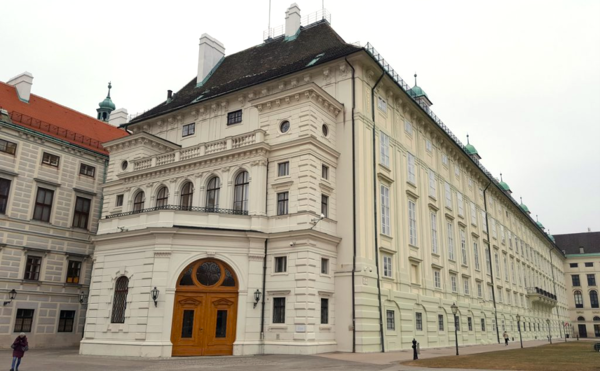
Political System of Austria
There are many political differences between Austria and the Republic of Korea, here are some of the main ones:
The Government form of Austria is a federal parliamentary republic, where the head of state is the president, and the head of government is the chancellor. The president is elected by popular vote for a six-year term and can serve a maximum of two terms. The chancellor is appointed by the president and leads the cabinet. The parliament consists of two chambers: the National Council and the Federal Council.
Compared to South Korea, which is a presidential republic, where the president is both the head of state and the head of government. The president is elected by popular vote for a single five-year term and cannot run for re-election. The president appoints the prime minister and the cabinet. The parliament is unicameral and is called the National Assembly.
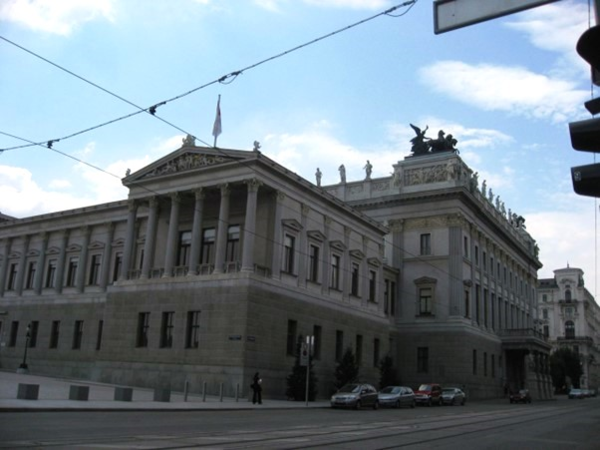
Austria has a multi-party system, where several parties compete for power and form coalitions to govern. The main parties are the Social Democratic Party, the People's Party, the Freedom Party, the Greens, and the NEOS. Compared to the two dominant parties alternate in power in Korea, which have a strong influence on politics.
The executive power in Austria is divided between the president and the chancellor. The president is the head of state and has some important powers, such as appointing the chancellor, dissolving the parliament, and commanding the armed forces. However, the president acts mostly as a ceremonial figure and respects the will of the parliament. The chancellor is the head of government and the leader of the majority party or coalition. The chancellor sets the policy agenda and coordinates the cabinet. Different in the Republic of Korea, where the executive power is concentrated in the president, who is both the head of state and the head of government.
Consensus in Austrian politics refers to the tendency of the major political parties to cooperate and compromise on important issues, rather than to confront and compete with each other. This tradition dates back to the post-war period, when the Social Democratic Party and the People's Party formed a grand coalition to rebuild the country and prevent the rise of extremism. The consensus culture also reflects the influence of corporatism, where various interest groups such as trade unions, employers, farmers, and churches are involved in the policy-making process through social partnership¹².
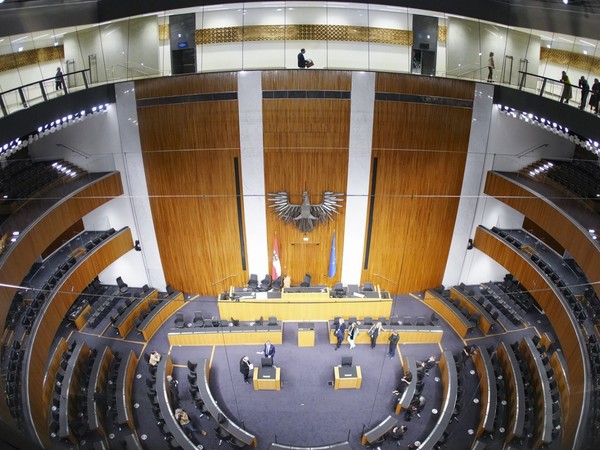
Consensus in Austrian politics has been praised for promoting stability, social cohesion, and economic prosperity, but also criticized for reducing accountability, transparency, and innovation, as well as slow in reaction and decisions making.
Compared to the Unicameral system of Korea, the National Assembly, as the sole legislative body, can pass bills more efficiently and effectively, without the delays or conflicts that may arise from having two chambers. The National Assembly can also exercise oversight and checks and balances on the executive branch, through its powers of budget approval, ratification, and investigation³.
The Public opinion in Austria, plays a significant role in shaping political decisions. The country has a strong tradition of direct democracy, where citizens can initiate referendums, petitions, and plebiscites on various issues. The government and the parliament often consult the public through these mechanisms before making major decisions. The country also has a vibrant civil society, where various interest groups, NGOs, and social movements influence the political agenda.

글 | 볼프강 슬라빈스키 Wolfgang Slawinski
서울명예시민
한·오스트리아협회 회장

